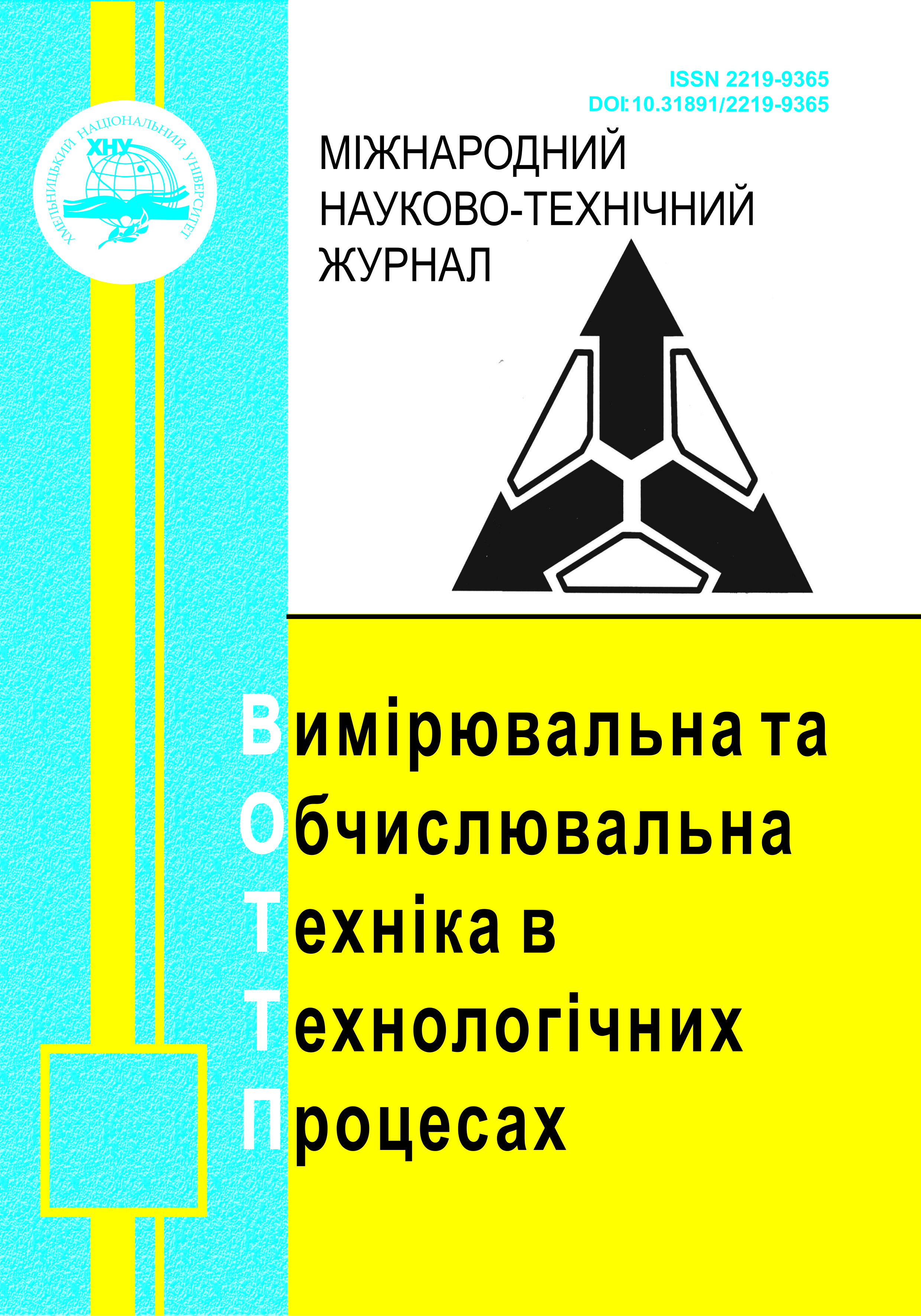PROSPECTS OF USING THE GLOBAL NAVIGATION SATELLITE SYSTEM (GNSS) FOR DETERMINING THE PARAMETERS OF MOVING OBJECTS
DOI:
https://doi.org/10.31891/2219-9365-2023-74-11Keywords:
satellite radio navigation system, segment, functional addition, radio navigation signal, satellite, differential mode, erropropaneAbstract
Satellite radio navigation system (SRNS) is a high-tech information and measurement system consisting of five main segments.
Satellite radio navigation systems are all-weather space-based systems that enable on a global scale to determine the location of moving objects and their speed at a certain moment in time, as well as to carry out precise time coordination.
The principle of operation of the systems is that navigation satellites emit special electromagnetic signals. Consumer equipment, installed on objects located on the surface of the Earth or in near-Earth space, receives and measures these signals and, after processing, issues data on the location and speed of the object in real time or at a given moment in time.
The space segment is a system of navigation satellites moving in elliptical orbits around the Earth. There are several satellites in each orbit. The navigation satellite has on board a time standard and radio-electronic equipment that emits noise-like continuous radio signals in the direction of the Earth. These signals contain information necessary for navigation determinations using the consumer's equipment. Thanks to a sufficient number of navigation satellites and special parameters of radio signals, the consumer's equipment can receive signals emitted by satellites at any time under any weather conditions and determine the location, speed and current time of the consumer.
The ground control segment includes the space segment control center, radar and optical observation stations for navigation satellites and equipment for monitoring the condition of navigation satellites. The control segment determines, predicts and specifies the movement parameters of navigation satellites, forms and transmits relevant digital information to the on-board equipment of the satellites, and also performs a number of control and preventive functions.
Segments of space and ground functional additions are hardware and software complexes designed to ensure the accuracy of navigational determinations, as well as the integrity, continuity, availability and operational readiness of the system. The purpose and functions of these additions are discussed below.
A user segment can potentially consist of an unlimited number of satellite navigation receivers that receive and measure signals from navigation satellites and perform position, speed, and current time calculations subject to errors due to the characteristics of the consumer's satellite navigation system and equipment.

